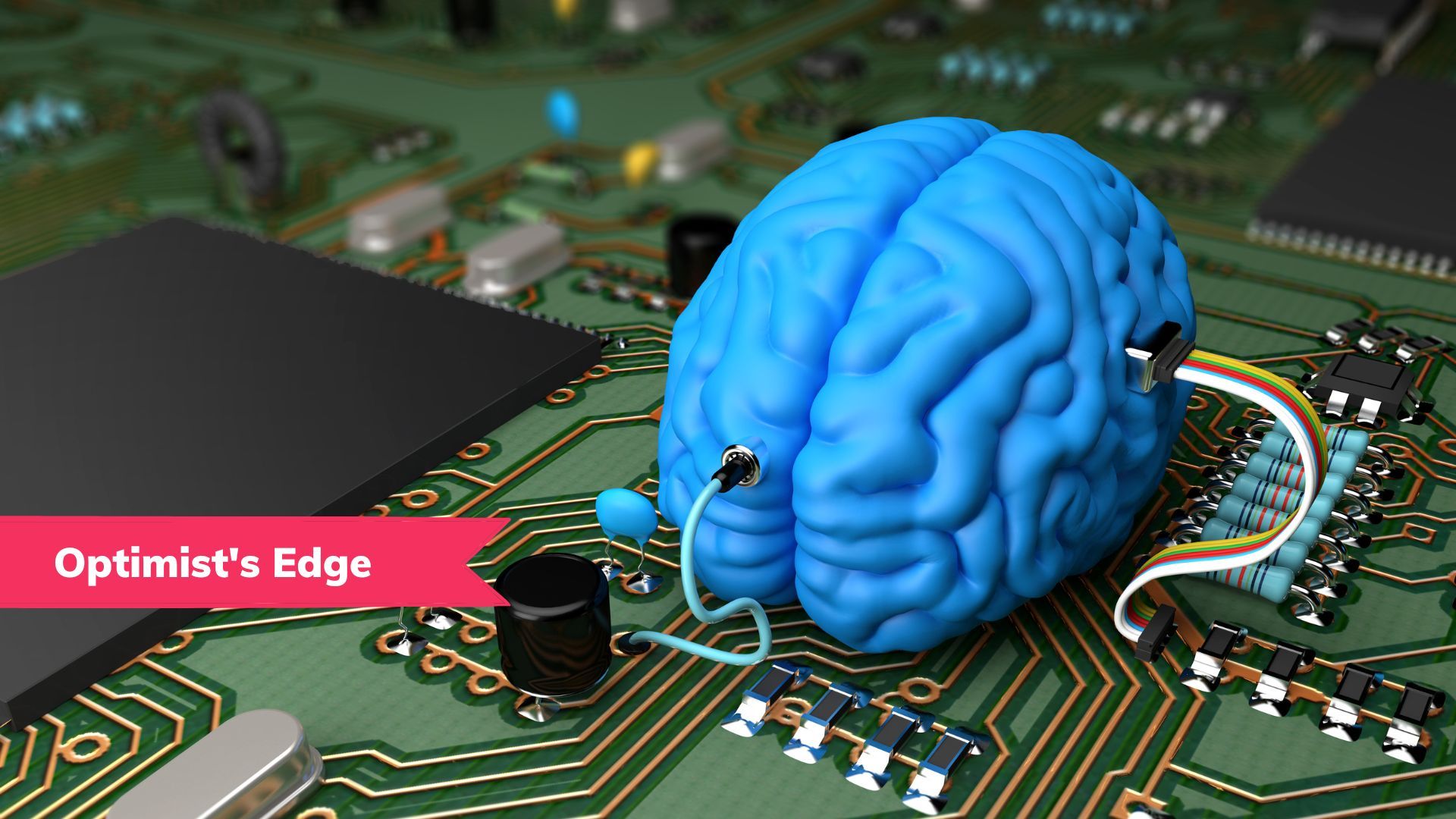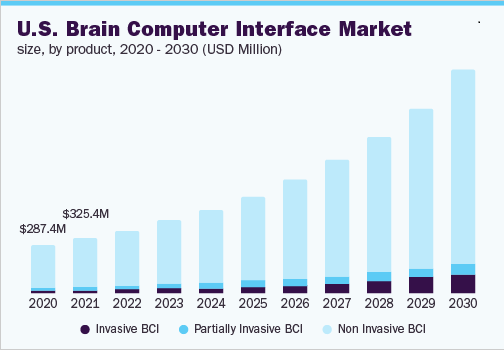
💡 Optimist's Edge: Connecting your brain to the computer
By connecting the brain to a computer it's possible to tackle serious diseases, making more types of brain injuries no longer a limit.
Share this story!
New technology aims to make a computer, or any electronic device, communicate with the human brain: this is the Brain-Computer-Interface, BCI. Its applications can be disruptive in healthcare, for example for functional restoration in patients with neurologic problems.
📉 What people think
Have the great possibilities of this research field been understood? Is the general public well-disposed towards this innovation?
Trying to find out, Warp News conducted a survey asking people if they would be willing to connect their brains to a computer if that meant reducing the problems from their brain injury. Only 35 percent would choose Brain-Computer-Interface as a potential solution to their injured brain.

📈 Here are the facts
Let's check the existing technologies and the research currently underway to understand its potential better:
- Established clinical technology for restoring motor functions: More than 100,000 patients worldwide have already undergone Deep Brain Stimulation (DBS) technology, an established and effective treatment for Parkinson's disease, essential tremor, dystonia, and obsessive-compulsive disorder, by implanting a neurostimulator in the chest which sends specific electrical impulses to a series of electrodes placed inside the brain
- Revolutionary technology for the treatment of retinal blindness: There have already been 350 users for Argus II, a series of 60 electrodes implanted inside the retina, capable of capturing wireless signals coming from an eye-glass mounted camera, then sending them to the optic nerve
- Microelectrodes for functional restoration: Neuroscientific research is strongly focusing on an effective way to restore movement and communication for paralyzed people, enabling them to regain independence by controlling computer or robotic limbs through several micron-scale intracranial electrodes implanted inside the brain
- Communicate with the brain from a distance: MIT researchers are experimenting with a new way to stimulate regions deep within the brain using electrodes placed on the scalp, making DBS non-invasive, less risky, and more accessible to patients.
- Treating blindness without surgery: The latest studies indicate that the treatment of retinal blindness could also become non-invasive by means of a periodic intravitreal injection of a nano-scale photo-switch able to make neurons responsive to light again
- Facing cognitive and memory diseases: MIT neuroscientists are studying a unique combination of light and sound that can positively affect the brain’s regions linked with learning and memory, an interesting and non-invasive way to treat Alzheimer’s patients
BCI technologies still present many challenges, mainly regarding the low intensity of brain signals and biocompatibility of implants with brain tissues.
However, more challenges often mean more creative engagement: 2021 saw more than 11,000 publications in the BCI field. The global brain-computer interface market size is now estimated to be around $1.5 billion. Growing at a rate of around 15-16 percent, it's projected to cross the $5 billion mark by 2030.

💡 Optimist's Edge
Through the connection of the brain with artificial devices, many patients with Parkinson's, neuromotor disorders, and retinal blindness have already been effectively treated, demonstrating the great steps already taken.
However, Brain-Computer-Interface technologies have just begun to demonstrate their potential for clinical benefit. The expansion of research fields and the reduced need for invasive surgical implants will make it possible to greatly expand the number of treated patients.
Furthermore, the development of BCI combined with the evolution of electronics and big data will lead to controlling devices becoming smaller and easier to use.

👇 How to get the Optimist's Edge
Everyone's contribution can make a difference in facing neurologic disorders with renewed hope.
❓ So, how do you get the most out of this knowledge?
- Deepen your knowledge of BCI technology in the Neuromodec portal by reading the latest research and attending upcoming conferences.
- Discover how BCI can change your life by reading the stories of patients who were able to regain their sight and see colors, or their own wives, for the first time.
- Support research: donate to McIntyre Lab, Ginsburg Institute, or Garnder Lab to deepen research on Deep Brain Stimulation, retinal blindness-related technology, and microelectrodes array
- Actively participate in the innovation process: Are you a doctor or a biomedical engineer? Join MIT, Gardner Lab, or McIntyre Lab research in order to improve the scientific knowledge of brain-computer communication and deepen the treatment of several diseases, to make the future come sooner.
- Get a job at any of these seven BCI companies.
You now have an advantage because you have gained this knowledge before most others –